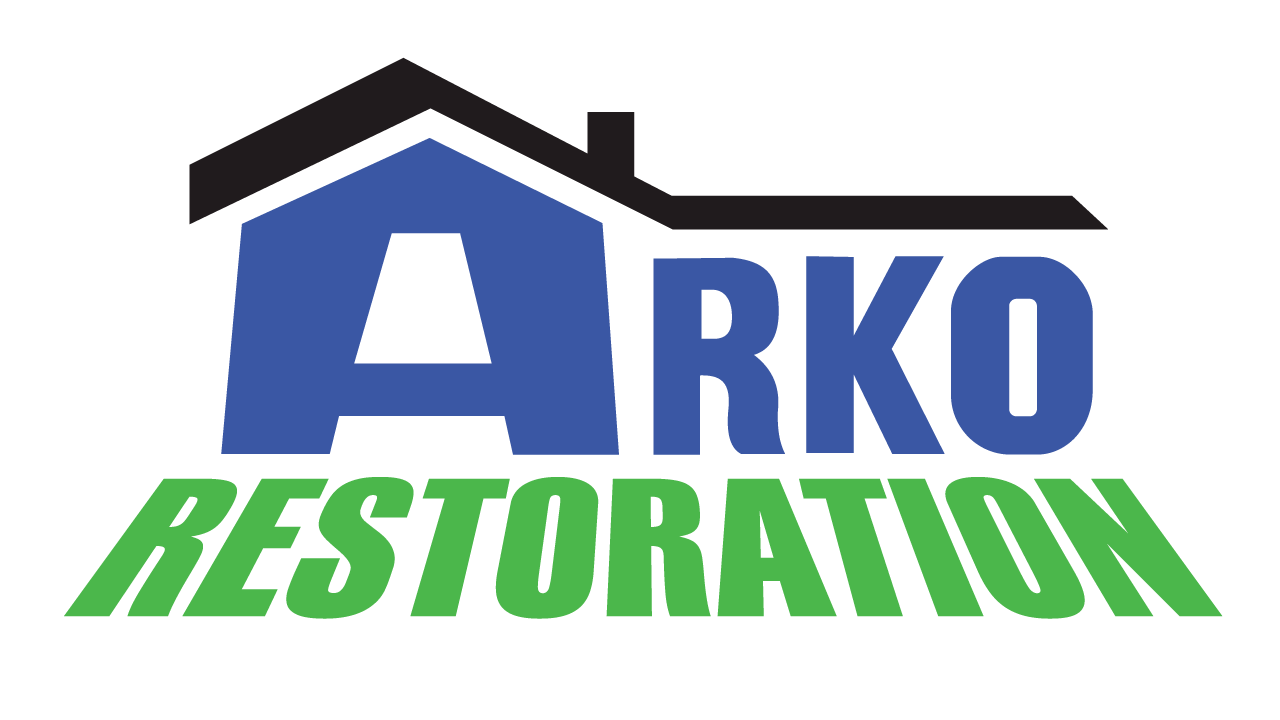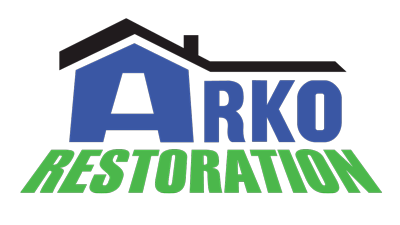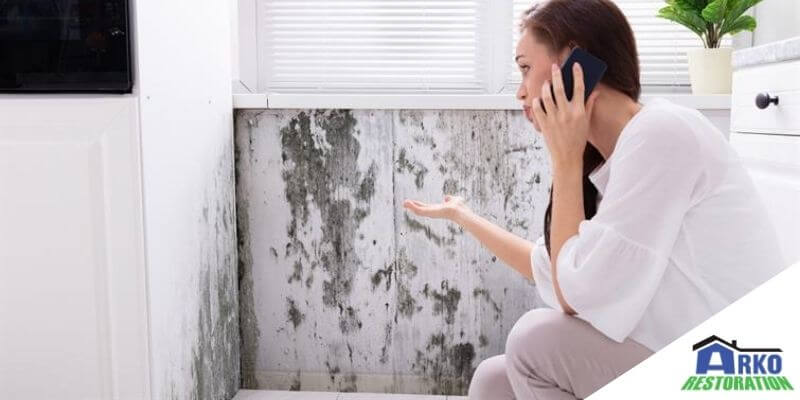Have you ever experienced the growth of mold in your house? If yes, then you might be aware of how damaging it could be for your house. Not only does mold growth in homes look very shabby, but it can also negatively affect the health of the people living in the house.
According to a survey, millions of people or homeowners are facing the issue of mold growth every alternate season especially after heavy rainfall, stormy climate, or snowfall. During these seasons, the roofs, walls of the house, and other areas become wet and remain damp/wet for a long period due to excessive rain or snowfall.
Moreover, in such weather, it is quite difficult to get the roof dried completely or even get it properly repaired. So the water that gets clogged in the nooks and corners of the roof will start seeping inside and lead to the growth of mold.
No one would ever want to witness the growth of mold in the house. Mold will not only disrupt the structural integrity of the house but also disperse the spores in the house to destroy the quality of air inside the house. Besides this, the mold also develops strong stains on the walls and ceiling, which makes the house look dingy and dirty.
Well, for every homeowner, it is quite essential to understand how mold growth can damage the house and what should be done to prevent it. So let’s first understand what molds are and how they can cause damage to the house.
#1 Molds Have The Potential To Destroy/Damage The House Materials And Structures:
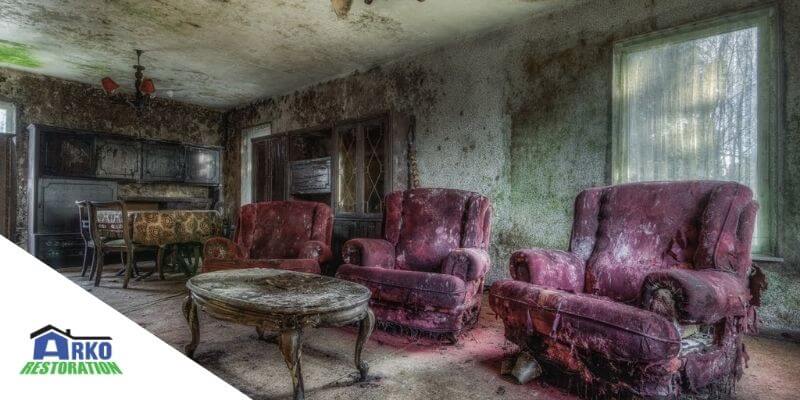
Usually, the mold has the tendency to feed on materials that are organic in nature. For instance, it can be paper, wood, or sometimes even fabrics. The basic nature of the mold is to eat away these organic materials, make them rot, and finally, due to this, they will fall apart.
Besides organic materials, the mold can also eat away different types of material such as wallpaper in the house or the drywall. They also feed on the carpet, wooden studs in walls, ceiling tiles, floorboards, and other structures inside the home.
Being a homeowner, you must keep monitoring and inspecting the house to ensure that there is no growth of mold in the house. If you are delaying the inspection process or leaving the mold unchecked, the mold will slowly eat up and lead to serious damages to the house. It can lead to problems, such as the collapse of the ceilings, cave-in of floorboards, and cracking off the walls.
How To Prevent It:
In order to prevent such serious risks, you must keep the roof and siding regularly inspected and well-maintained. It will help in preventing the growth of the mold. If you already witness mold in the house, you can either make use of a cleaning solution to get the mold removed completely or you can get help from professionals.
#2 Molds Have The Potential To Damage The Heating Systems, Air Conditioning, And Ventilations:
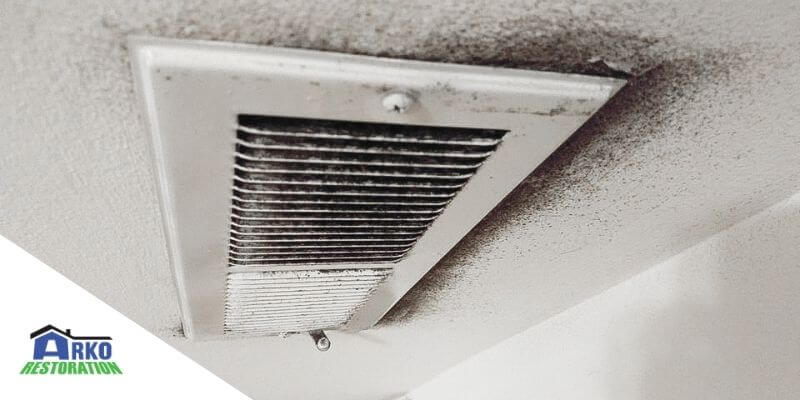
Besides the roof, walls, and ceiling, you can also find mold in the bathrooms or attic region and even in the basement. Apart from these common locations, you can find mold growth in the HVAC systems or near the ventilation.
In your HVAC systems, the mold will completely damage the system and also destroy the quality of air inside the house. This can lead to various breathing or respiratory issues.
How To Prevent It:
Well, if you find that the mold is growing or breeding inside the HVAC system or near the ventilation, then you need to clean the ductwork regularly and also get it inspected by professionals. If there are any damages that are leading to the water leak, then get it fixed before it creates any damp region and leads to potentially risky zones.
Summary:
Well, mold is unwanted but still finds ways to creep inside the house and cause huge damages. If you want your house to be protected from mold, you must get the roofs, siding, and HVAC system regularly inspected by professionals and ensure that everything is kept clean and dry. Professionals have the technique as well as the equipment to get things done perfectly. They will clean out the existing mold, repair or replace parts of the roof or siding affected by the mold, and also take steps to minimize chances of the mold coming back.
